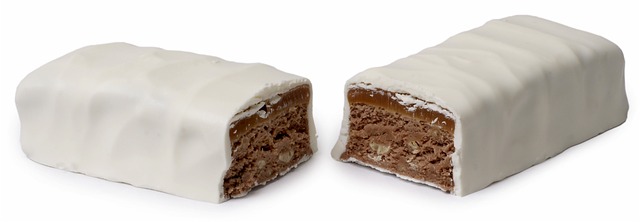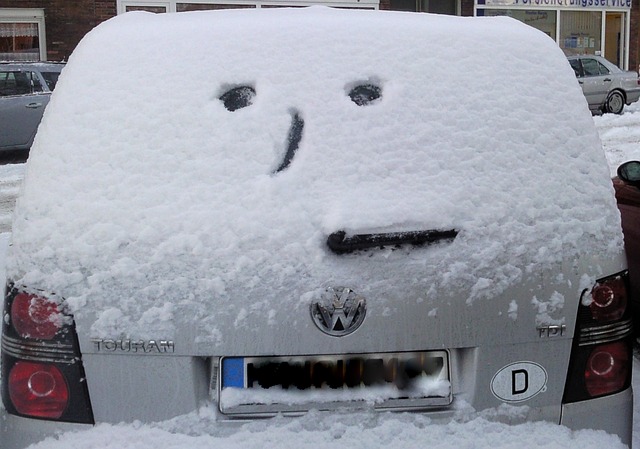Being prepared for emergencies in your vehicle is simple to do and will give you peace of mind as the cold harsh reality of winter sets in and the chances of getting stuck in your car increase.
Slippery or snow-covered roads, reduced visibility and bitter cold: are all conditions that can make driving difficult and dangerous.
It’s always advisable to DRESS WARMLY when you go out as well because let’s face it, a car kit is great, but proper attire will even set you further ahead!Follow these tips to learn about winter driving risks and prepare an emergency kit for your car.
Prepare an emergency car kit
Always have winter safety and emergency equipment in your car. A basic car kit should contain the following:
- Food that won’t spoil, such as energy bars
- Water—plastic bottles that won’t break if the water freezes (replace them every six months)
- Blanket
- Extra clothing and shoes or boots
- First aid kit with seatbelt cutter
- Small shovel, scraper and snowbrush
- Candle in a deep can and matches
- Wind‑up flashlight
- Whistle—in case you need to attract attention
- Roadmaps
- Copy of your emergency plan

Items to keep in your trunk:
- Sand, salt or cat litter (non-clumping)
- Antifreeze and windshield washer fluid
- Tow rope
- Jumper cables
- Fire extinguisher
- Warning light or road flares
Follow these tips if you are stuck in the snow:
- Try to stay calm and don’t go out in the cold. Stay in your car: you will avoid getting lost and your car is a safe shelter.
- Don’t tire yourself out. Shovelling in the intense cold can be deadly.
- Let in fresh air by opening a window on the side sheltered from the wind.
- Keep the engine off as much as possible. Be aware of carbon monoxide poisoning and make sure the exhaust pipe is not obstructed by snow.
- If possible, use a candle placed inside a deep can instead of the car heater to warm up.
- Turn on warning lights or set up road flares to make your car visible.
- Turn on the ceiling light; leaving your headlights or hazard lights on for too long will drain the battery.
- Move your hands, feet and arms to maintain circulation. Stay awake.
- Keep an eye out for other cars and emergency responders. Try to keep clothing dry since wet clothing can lead to a dangerous loss of body heat.
Prepare an emergency car kit
Always have winter safety and emergency equipment in your car. A basic car kit should contain the following:
- Food that won’t spoil, such as energy bars
- Water—plastic bottles that won’t break if the water freezes (replace them every six months)
- Blanket
- Extra clothing and shoes or boots
- First aid kit with seatbelt cutter
- Small shovel, scraper and snowbrush
- Candle in a deep can and matches
- Wind‑up flashlight
- Whistle—in case you need to attract attention
- Roadmaps
- Copy of your emergency plan

Items to keep in your trunk:
- Sand, salt or cat litter (non-clumping)
- Antifreeze and windshield washer fluid
- Tow rope
- Jumper cables
- Fire extinguisher
- Warning light or road flare
To receive similar content, “Like” us on Facebook @ https://www.facebook.com/niagarabuzz.ca
SOURCE: Government of Canada










